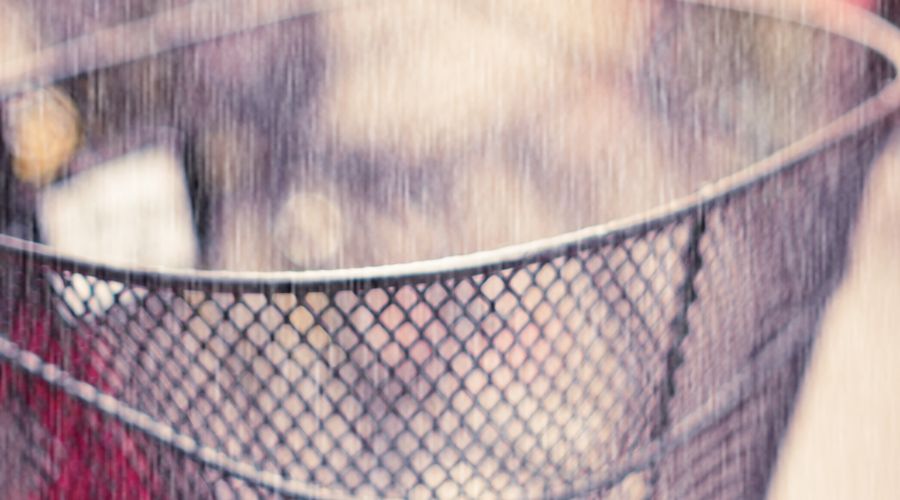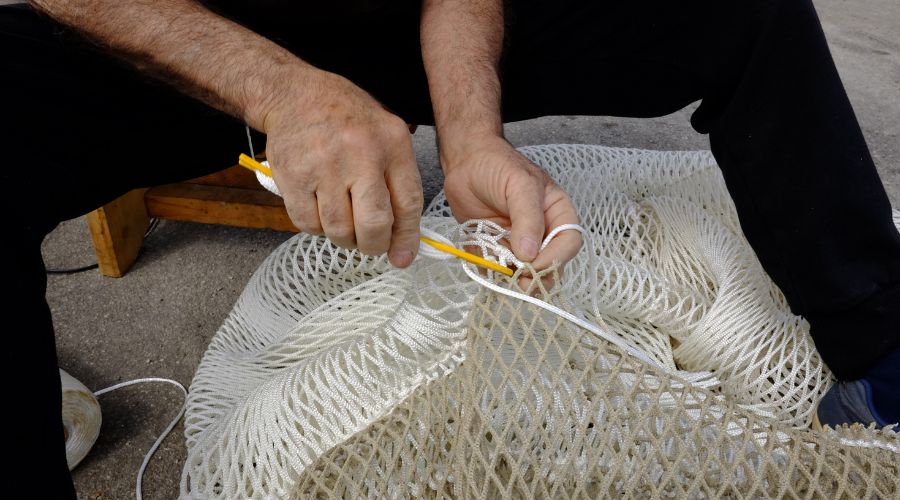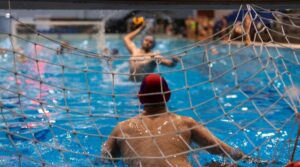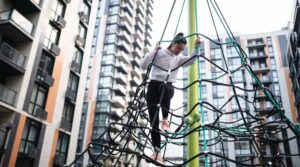When it comes to lacrosse—whether you’re setting up a field for competitive play or a practice area in your backyard—custom lacrosse netting is one of the most crucial components. The right netting ensures safety, maximizes performance, and holds up over time. Unfortunately, many buyers make preventable mistakes that lead to wasted money, damaged property, or worse—injuries.
In this guide, we’ll walk you through the most common mistakes people make when buying custom lacrosse netting—and how to avoid them. Whether you’re a coach, facilities manager, or a lacrosse-loving parent, this article will help you make a smart investment that performs and lasts.
Why Buying Quality Lacrosse Netting Matters More Than You Think
One of the most overlooked aspects of lacrosse equipment is the netting itself. It might seem simple, but the wrong net can lead to problems like poor ball containment, safety hazards, and frequent replacements. Low-quality or mistitled netting often deteriorates faster, leading to costly repairs or full replacements within a short period.
A quality custom lacrosse netting system can support high-speed shots, protect surrounding areas, and stay in place through multiple seasons. Getting this right means fewer headaches and better play.
Choosing the Wrong Netting Material
Material choice is a foundational decision. Many people assume all netting is created equal, but that’s not the case. Each material performs differently based on location, usage, and budget.
Here are the three most common options:
- Nylon – Strong and flexible but may degrade faster under direct sunlight unless treated.
- Polyester – Offers excellent UV resistance and strength for both indoor and outdoor use.
- Polypropylene – Lightweight and affordable, but not as durable as nylon or polyester.
Before buying, consider your environment and how often the netting will be used. This will help determine the right material and prevent early wear and tear.
Getting the Right Fit: Netting Size and Dimensions Explained
One of the biggest mistakes buyers make is choosing the wrong size. Sizing issues often result in gaps that allow balls to escape, or excess netting that becomes a hazard.
When shopping at Nets Depot Inc., you’ll find custom sizing options that help match your exact requirements—whether it’s for a regulation lacrosse goal or a backyard practice setup. Nets Depot Inc. specializes in tailoring netting to fit the space and the needs of its users.
Always double-check the following before ordering:
- Net height and width
- Mesh size
- Depth required for your frame or poles
Durability and Weather Resistance: Key to Long-Lasting Netting
Weather can be brutal on netting, especially when it’s exposed to sun, rain, or snow year-round. Many people forget to ask about UV treatment or waterproof coatings, which are essential for outdoor use.
Here’s what to look for in weather-resistant custom lacrosse netting:
- UV-stabilised coating to prevent sunlight damage
- Meld and mildew resistance
- Water-repellent materials
- Reinforced stitching or borders for added strength
Choose the Best Custom Lacrosse Netting by focusing on long-term durability, not just short-term savings.
Mesh Density and Twine Thickness: For Better Bounce and Performance
Not all nets bounce back the same. The mesh density and twine thickness impact both performance and longevity.
A common mistake is buying nets that are too thin or loosely woven. These don’t handle high-velocity shots well and wear out quickly. On the other hand, overly dense mesh might be overkill for youth players or casual practice.
Here’s a general guideline:
- Youth play: Twine size #21–#36
- High school/college: Twine size #36–#72
- Professional use: Twine size #72 or higher
Balance is key. A net that’s too thin breaks quickly. One that’s too thick may affect play and cost more unnecessarily.
Assembly and Installation: What to Know About Setting up Your Net
Another area where mistakes happen is installation. Whether you’re setting up a portable net or a permanent fixture, overlooking installation needs can cost you time and effort.
Be sure to factor in:
- Mounting hardware and anchors
- Frame compatibility
- Space for net depth and tensioning
- Tools required for setup
If your custom lacrosse netting isn’t installed properly, it may sag, tear, or even collapse. Take the time to plan out your setup, or consult with professionals. You can also find helpful installation resources on our Google listing—just search for Nets Depot Inc. and look for the “installation tips” section on our Google My Business page.
Underestimating Player Safety Factors
Safety should never be an afterthought. Sharp edges, poorly secured nets, and frayed materials can lead to injuries—especially with younger athletes.
Here’s how to make your setup safer:
- Use edge-reinforced nets
- Secure all mounting points tightly
- Keep surrounding zones clear of trip hazards
- Regularly inspect nets for damage
Safe nets mean better performance, longer usage, and peace of mind for coaches and parents alike.
Forgetting About Maintenance and Replacement Needs
Just like other sports equipment, custom lacrosse netting needs regular maintenance to remain effective. One major mistake is assuming the net will last forever without care.
To Extend the Lifespan of Lacrosse Netting, follow these simple tips:
- Store netting indoors during extreme weather
- Rinse and clean debris after use
- Inspect for tears or fraying monthly
- Avoid dragging nets on rough surfaces
When properly maintained, quality netting can last multiple seasons with little to no issues.
Prioritising Price over Quality
Yes, we all want a good deal—but buying the cheapest net on the market often leads to poor outcomes. Many budget nets aren’t designed for sustained impact or weather exposure, and you’ll end up replacing them sooner.
Instead of looking for the lowest price tag, consider:
- Cost per use over the net’s lifetime
- Warranty or replacement policies
- Verified reviews from real users
- Supplier reputation
A slightly higher upfront cost can lead to major savings over time.
Buying Without Verifying the Supplier
The final and possibly most critical mistake is buying from an unknown or unreliable source. With so many suppliers online, it’s easy to get drawn in by low prices and flashy photos—but what happens when the net doesn’t perform as promised?
Here’s how to vet your supplier:
- Check for product warranties and return policies
- Look for verified customer reviews
- Ask for customisation options and customer support availability
- Research their industry experience
Choosing a trusted provider like Nets Depot Inc. ensures that you get custom lacrosse netting built to last, with expert support to back it up.
Contact Us
Ready to get started with professional, long-lasting custom lacrosse netting?
Nets Depot Inc. is your trusted partner in high-quality netting solutions tailored to your exact needs. Whether you’re outfitting a professional sports facility, a school field, or your own backyard, we’re here to guide you every step of the way.
Our experienced team can help you:
- Select the right material and mesh size based on your level of play
- Customise sizing for your unique space or setup
- Provide expert advice on installation and maintenance
- Avoid common pitfalls that cost time and money
Don’t settle for generic solutions—get the custom support you deserve. Contact Nets Depot Inc. today and make sure your next lacrosse net is the right one.
We take pride in offering durable, weather-resistant netting that performs under pressure—and in customer service that goes the extra mile.
Final Thoughts: Make the Smart Choice
Investing in the right custom lacrosse netting is about more than just getting a net—it’s about ensuring safety, maximizing performance, and minimizing future headaches. By avoiding the mistakes listed above, you’re setting yourself up for years of smooth, worry-free gameplay.
Before you buy, take time to:
- Measure accurately
- Understand your environment and weather exposure
- Choose the right material and twine thickness
- Plan your installation
- Think long-term, not just short-term costs
Common Questions about Buying Custom Lacrosse Netting
Q1. What is the best material for custom lacrosse netting?
Ans. The best material depends on your environment and usage. Nylon is strong and flexible, polyester offers excellent UV resistance, and polypropylene is lightweight and budget-friendly. For outdoor and long-term use, polyester or treated nylon is typically recommended.
Q2. How do I know what size lacrosse netting I need?
Ans. Start by measuring the area you need to cover—whether it’s for a regulation goal, full barrier netting, or a backyard setup. Custom sizing is ideal for non-standard fields or training areas. Nets Depot Inc. can help you determine the correct dimensions for your specific needs.
Q3. How long does custom lacrosse netting last?
Ans. With proper care, high-quality custom lacrosse netting can last 3–7 years or more. Durability depends on the twine thickness, material, UV treatment, and how often it’s exposed to harsh weather. Routine maintenance like cleaning and off-season storage will also extend its lifespan.
Q4. Can I install the netting myself or do I need a professional?
Ans. Many nets are designed for DIY installation, especially portable models. However, for large setups or permanent field installations, professional help is recommended to ensure proper tension, safety, and stability. Always follow manufacturer guidelines for best results.
Q5. Why should I buy from a specialised netting supplier instead of a general retailer?
Ans. Specialised suppliers like Nets Depot Inc. offer tailored solutions, better quality control, expert support, and options for custom sizing and materials. General retailers often sell one-size-fits-all products that may not meet the demands of high-level play or outdoor use.






